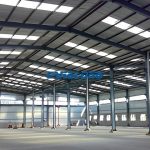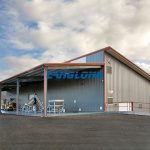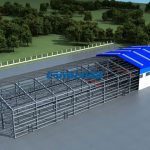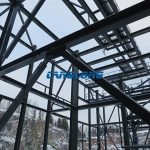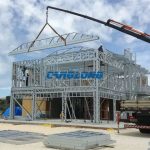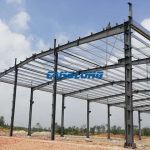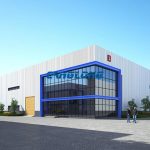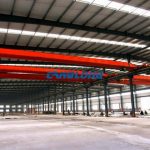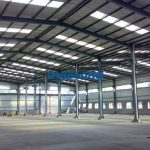Comparison of steel structure system and concrete system
Steel structure system and concrete system are two common structural systems in the construction field, each of which has its own advantages and applicable scenarios. This article will compare the two from the aspects of construction principle, construction cost, flexibility and environmental protection.
First of all, the steel structure system uses steel as the main load-bearing member, and its construction principle is to transmit and distribute load through the beam-column system. Steel has high strength and rigidity, and can withstand large loads, so steel structure systems are suitable for long-span and high-rise buildings. In addition, the structural components of the steel structure system are lighter, which can reduce the building weight and foundation load, and save building materials. However, the structure of the steel structure system is complex, requiring welding and bolting, making construction difficult.
In contrast, the concrete system uses concrete as the main load-bearing member, and its construction principle is to transmit and distribute the load through the overall concrete frame. Concrete has good compressive properties and can withstand large pressure loads, so concrete systems are suitable for buildings that bear large static loads, such as bridges and large-scale water conservancy projects. In addition, the concrete system is easy to construct, and the overall structure can be formed by pouring concrete, reducing connection work. However, concrete has poor tensile properties and is prone to cracks, so it is necessary to consider strengthening the tensile capacity of concrete structures in the design.
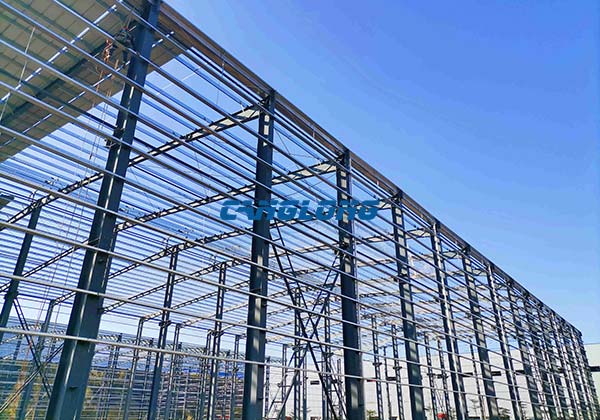
Secondly, the construction cost of the steel structure system is relatively high. The price of steel is high, and the processing and installation of the steel structure system requires professional technology and equipment, and the construction period is long. In addition, maintenance and anti-corrosion work on the steel structure system also requires additional costs. In contrast, concrete systems are relatively inexpensive to construct. The price of concrete materials is relatively low, the construction process is simple, and the structure can be formed quickly through formwork pouring. However, the construction process of the concrete system needs to consider the setting time of the concrete, and the construction period is long.
The steel structure system has high flexibility. Steel has good plasticity and can be processed in various shapes and sizes, so the steel structure system can realize more architectural designs and creativity. In addition, the steel structure system can be dismantled and reassembled for easy renovation and expansion. In contrast, concrete systems are less flexible. The formation of concrete materials is through the process of pouring and solidification, and cannot be disassembled and reassembled. Therefore, the overall layout and functional requirements of the building need to be considered in the design.
Environmental protection is an important issue in the current construction field. The production process of the steel structure system will produce a large amount of carbon dioxide emissions, which will have a certain impact on the environment. In contrast, the production of concrete systems produces less carbon dioxide emissions, and concrete has good thermal insulation properties, which can reduce building energy consumption. In addition, the high durability of the concrete system is conducive to the long-term use and maintenance of the building.
To sum up, both the steel structure system and the concrete system have their own advantages and applicable scenarios. When choosing a structural system, factors such as span, load, construction cost, flexibility and environmental protection of the building need to be considered comprehensively. At the same time, the design and construction of the structure also need to follow the relevant standards and specifications to ensure the safety and stability of the building.
